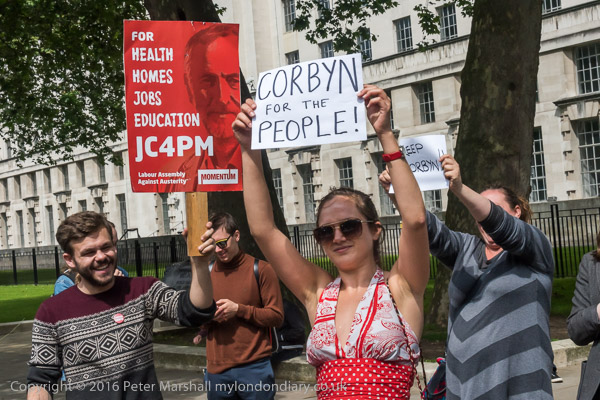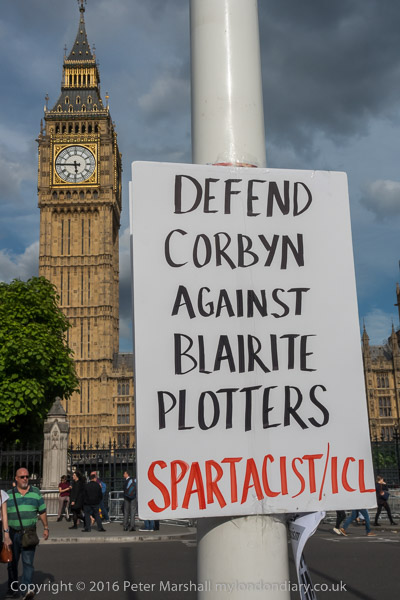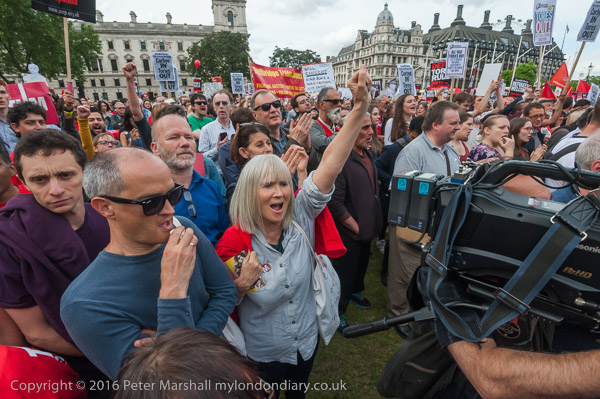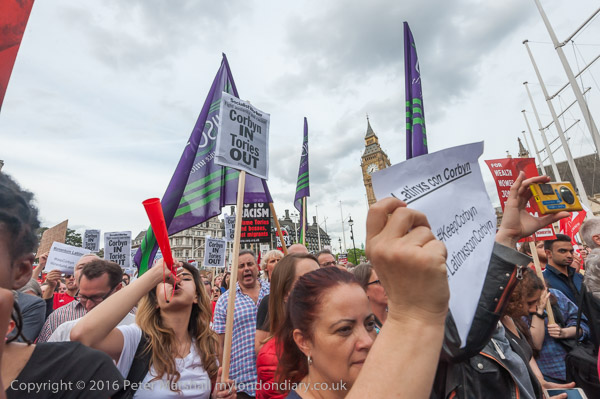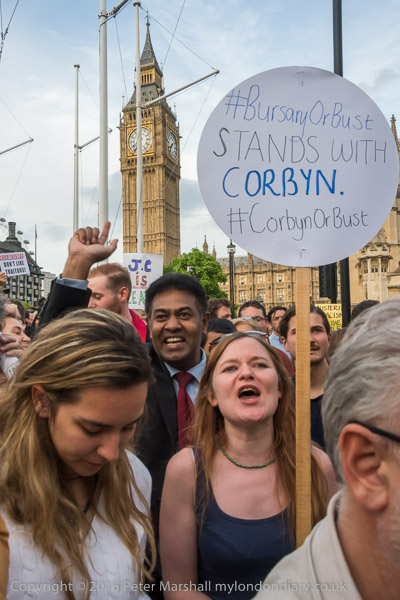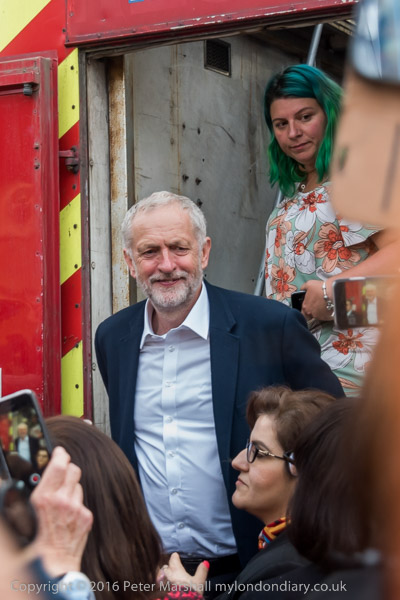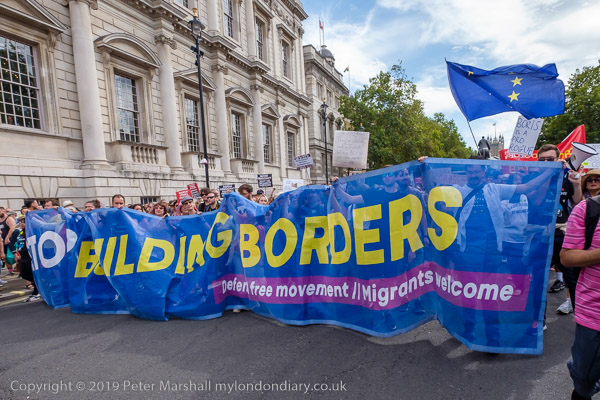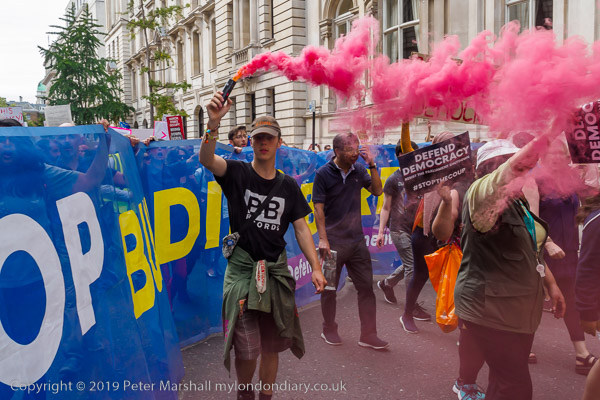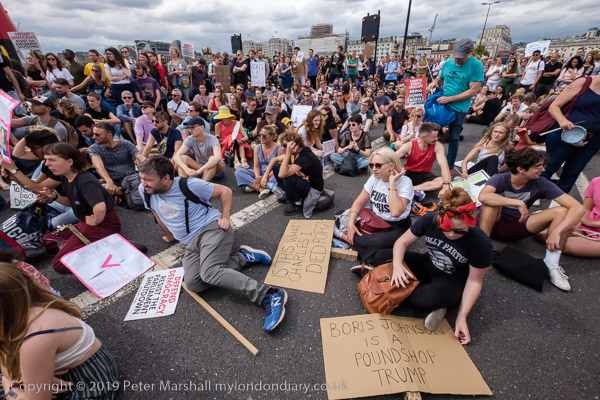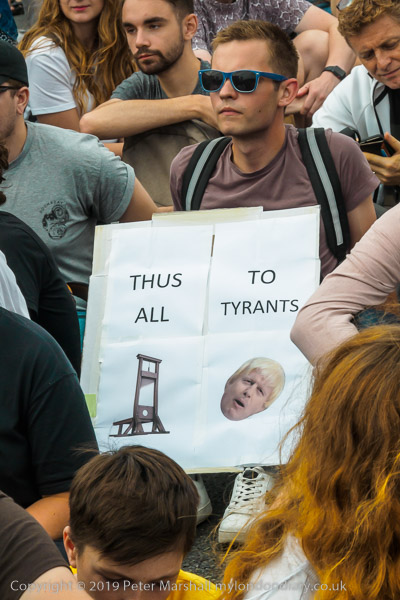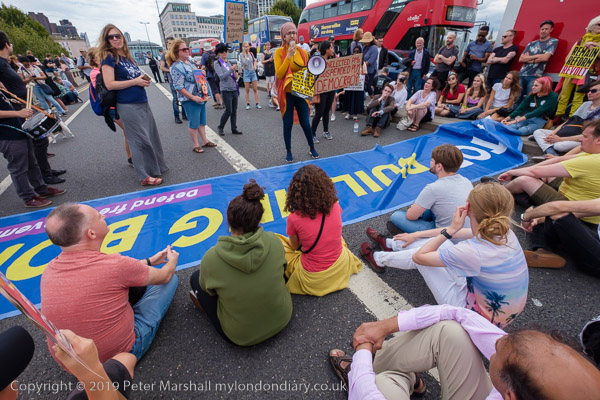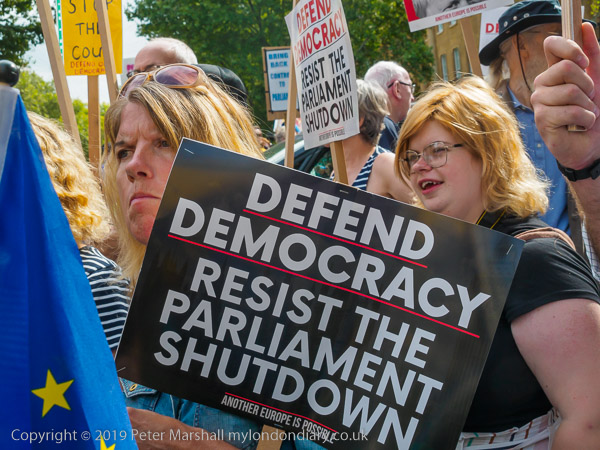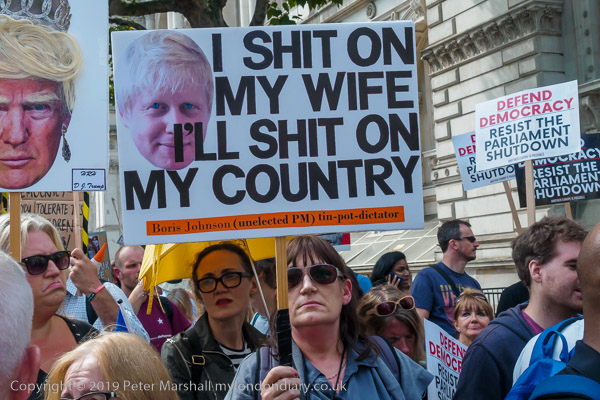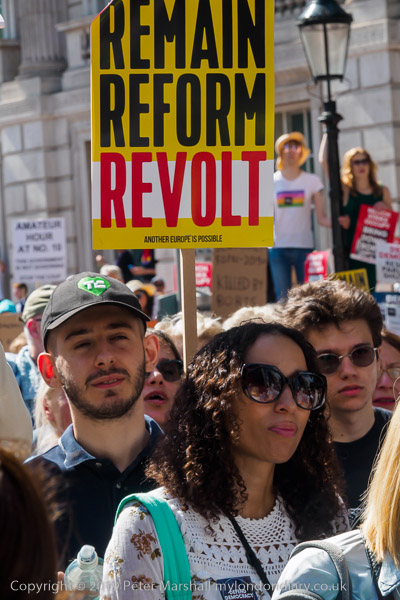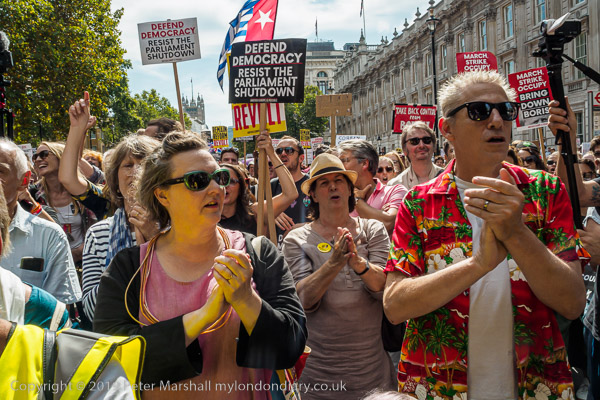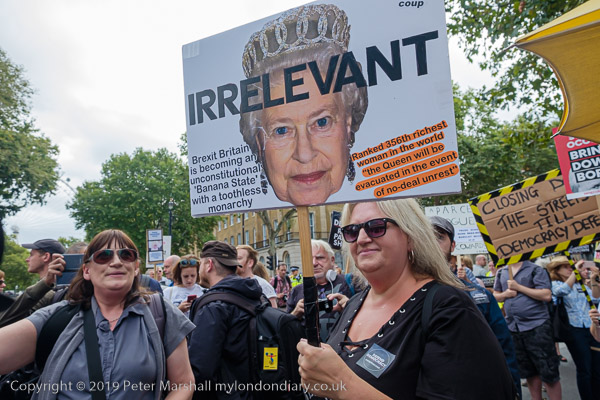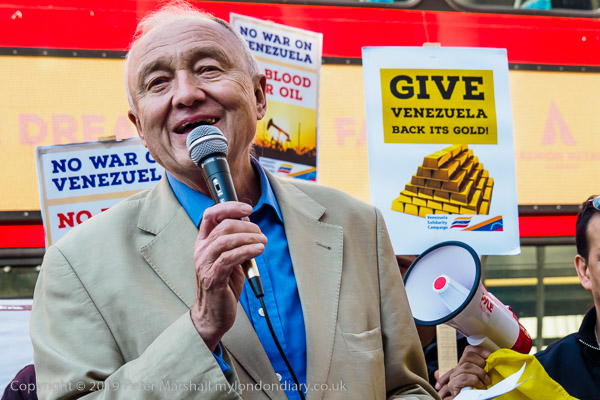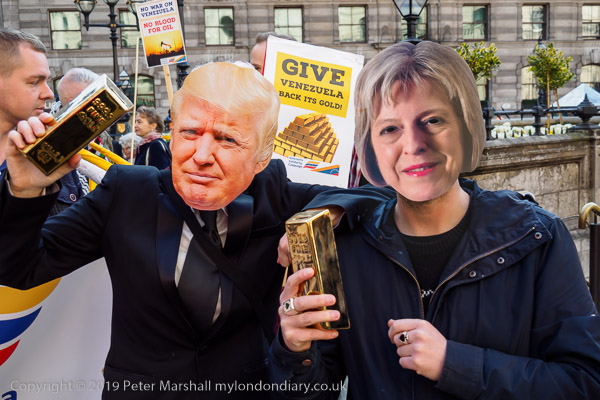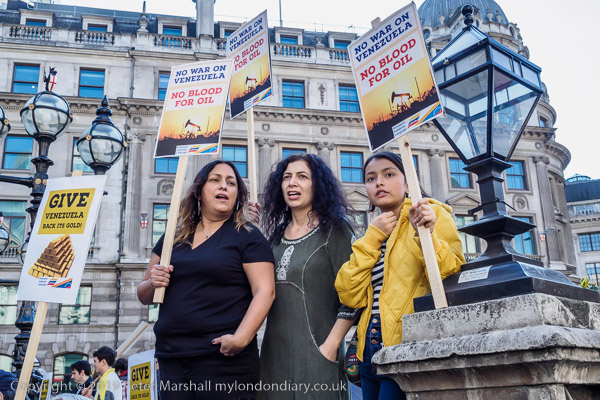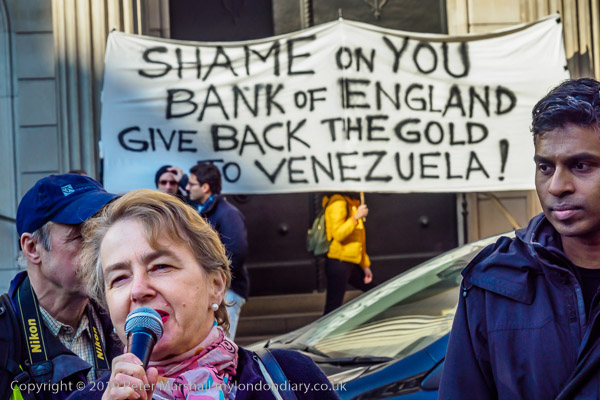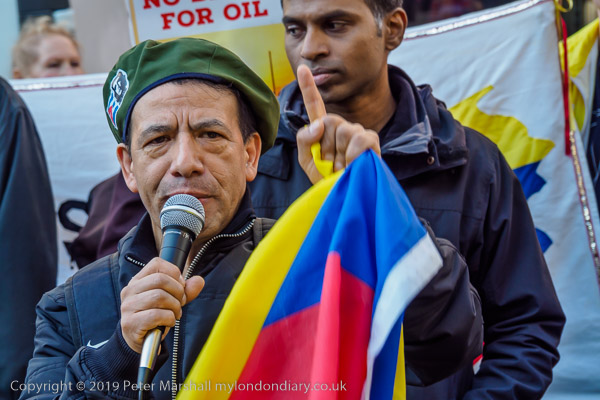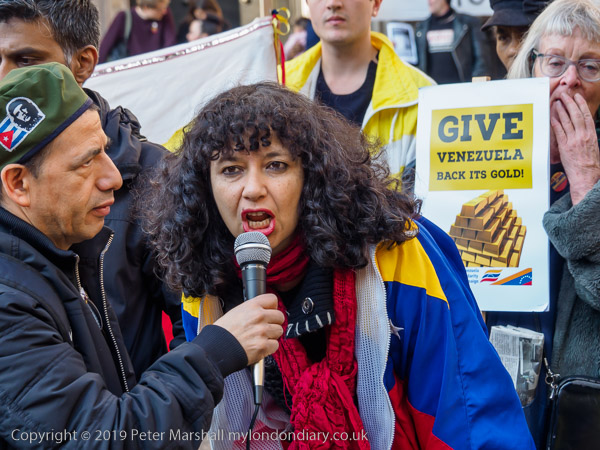Thousands rally to Keep Corbyn: Parliament Square, London, Monday 27 June 2016
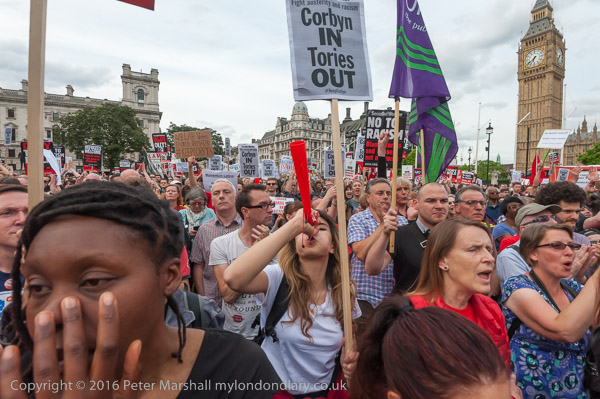
Jeremy Corbyn remains in the news today, although the BBC in its wide coverage of the festival has ignored the dropping of the official screening of ‘Oh, Jeremy Corbyn: The Big Lie’ at this year’s Glastonbury Festival. It was cancelled after various groups, mainly of people who had not seen the film, claimed it was anti-Semitic, a claim vehemently denied by the maker, Platform Films.
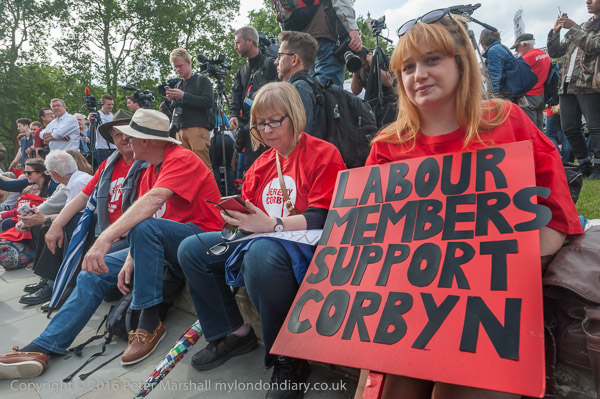
Those actually at Glastonbury, despite the ban, have been able to see the film and make up their own minds as it has been screened on several stages there despite the main ban. Many also have attended screenings at venues around the country, although it has not made it to cinemas in this country. You can see a trailer here – and this makes it very clear why those now in control of the Labour Party are trying to stop it being widely seen.
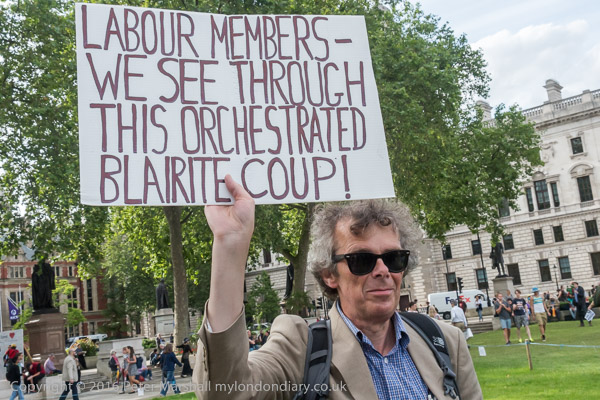
Platform Films are asking for people who can arrange screenings in their local area and it has been screened in many halls around the country – though pressure from Labour and some Jewish groups has apparently led to some of these also being cancelled. Platform obviously needs to recoup some at least of its expenses in making the film by sales. Once it has done so I think the film will probably be made available widely on DVD and probably on-line free to view to reach a wider audience.
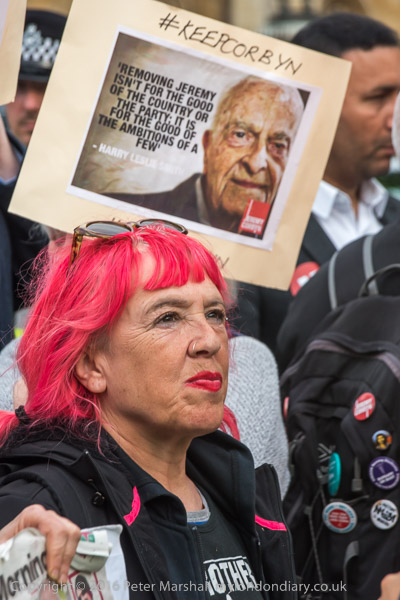
The film which explores widely the forces behind the downfall of Corbyn is narrated by Alexei Sayle and includes a contribution by film-maker Ken Loach. Its producer, Norman Thomas issued a press statement last Friday in which he says that the Glastonbury ban has backfired “wonderfully”, giving a great publicity boost:
“The Glastonbury ban will mean many more people will now be able to see the film. They will be able to see the truth of the film, as opposed to the ridiculous claims made about it. It is NOT a conspiracy film. And it is in no way antisemitic. It simply tries to tell the story of the rise and fall of Jeremy Corbyn which hasn’t been told.”
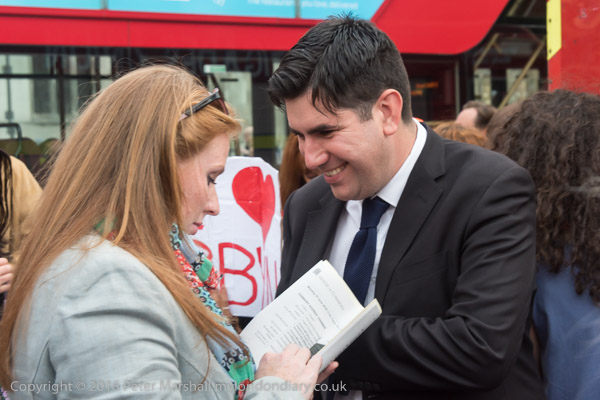
It was at a music festival in Tranmere in May 2017 that the crowd first began the chant ‘Oh Jeremy Corbyn’ to the tune of Seven Nation Army by the White Stripes, but it was at Glastonbury later that year when hundreds of thousands took up the refrain that it became iconic.
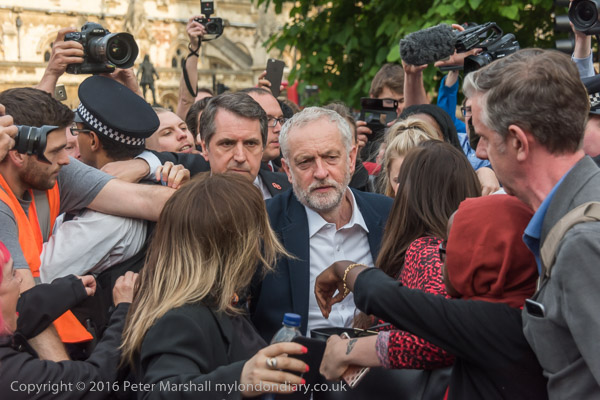
The previous year, 2016, thi protest took place against a coup by Labour MPs against their leader, happpening despite the fact that the latest opinion poll had shown that under his leadership the party had caught up with the Tories. And despite the huge support Corbyn had from the majority of party members who had given him a huge mandate in the leadership election. And that party membership had almost doubled under his leadership.
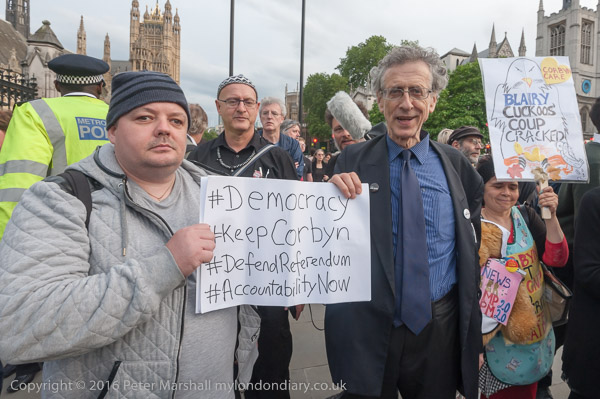
More than ten thousand grass-roots Labour supporters came to Parliament Square to support Corbyn in a rally organised by Momentum as Labour MPs were revolting against him. Three days earlier MPs Margaret Hodge and Ann Coffey had tabled a motion of no confidence in him as Labour leader. The previous day, Hilary Benn had been sacked from the Shadow Cabinet after it emerged he had been organising a mass resignation of Shadow Cabinet members – and 23 of 31 others had walked out.
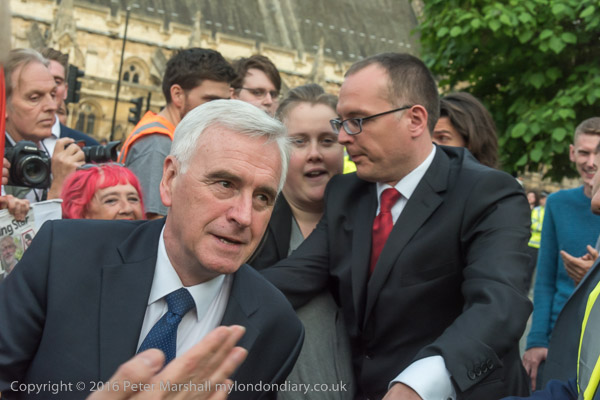
Corbyn was the final speaker at the rally, promising he would not resign if he lost the motion of no confidence – as he did the following day. He made clear that he would stand again if MPs forced a leadership election, and that party rules clearly state as the incumbent he would not need to collect nominations to be on the ballot.
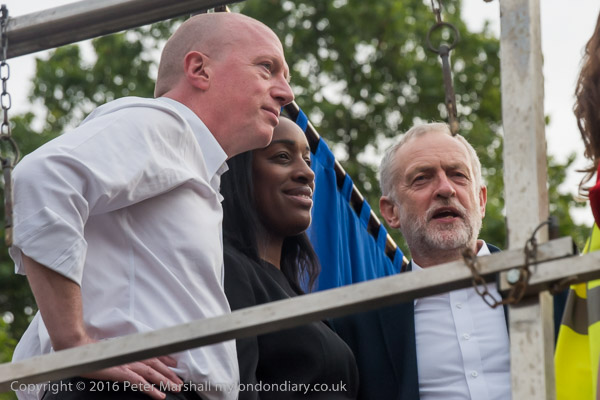
And later in the year, there was a leadership election. Corbyn was proved right about the rules despite attempts to prevent him from being on the ballot, but the National Executive Committee limited the membership vote to those who had been members for over six months and decided that “registered supporters” could only vote if they paid a £25 fee. They were almost certainly shocked that over 180,000 did – mainly Corbyn supporters.
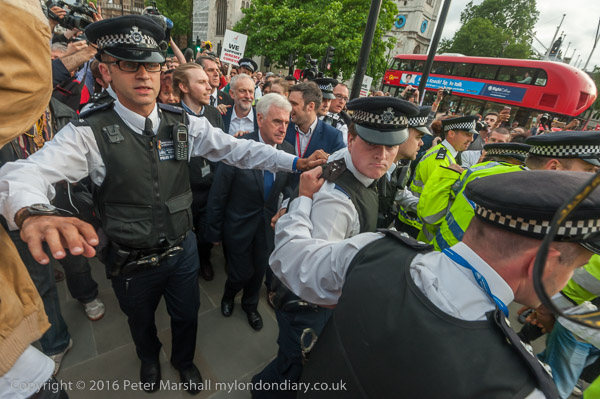
The election took place in September that year, with Corbyn winning decisively with almost 62% of the vote – a small increase over his initial leadership contest.
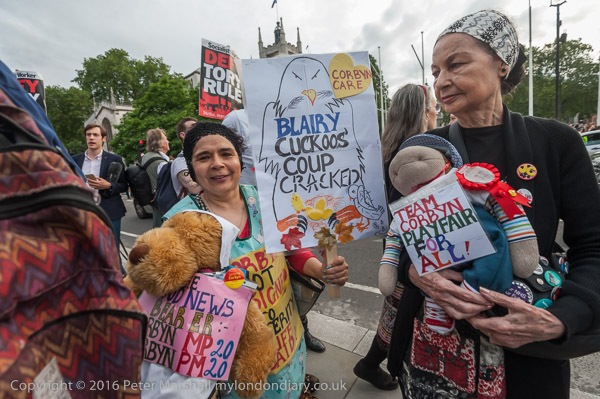
The message to the right of the party was clear. If they wanted to defeat Corbyn they had to fight even dirtier – and ‘Oh, Jeremy Corbyn: The Big Lie’ exposes some of the ways they did so.
More at Thousands rally to Keep Corbyn.
